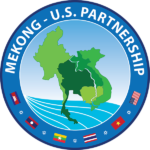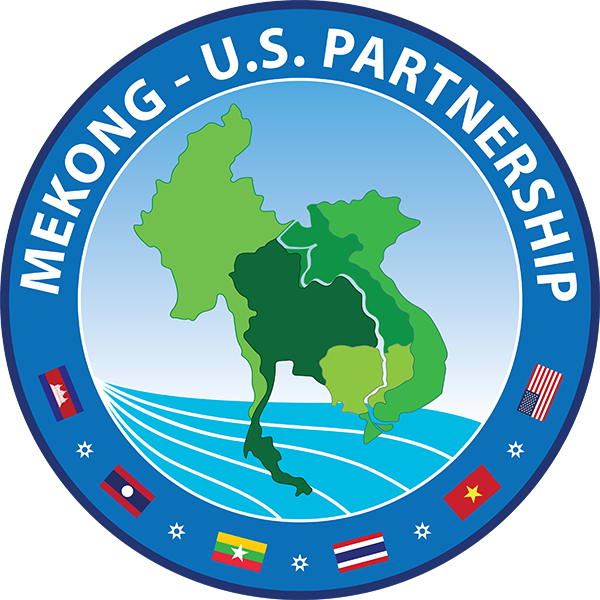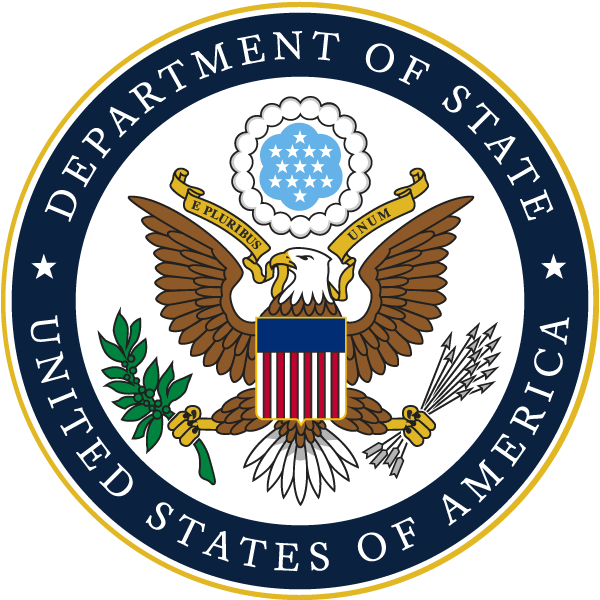Lower Mekong River Nations Participate in Disaster Relief Exercise and Exchange in Laos
By Sgt. 1st Class Kevin P. Bell
Vientiane, Laos PDR (Sept. 25, 2015) – The scenario is a familiar one in Southeast Asia, a typhoon is sweeping across the area causing massive flooding, particularly along the Mekong River and its tributaries in Laos. Since the typhoon made landfall and drifted inland, hundreds have been killed and thousands injured. Many roads have washed out, and critical bridges have been damaged. Hospitals in the most affected parts of the Laos are overwhelmed and cannot keep up with demand. Rice fields have flooded, and severe economic loss is anticipated.
Dealing with and attempting to mitigate scenarios like this is why experts, both military and civilian, from six nations were in the capital of Laos participating in the 2015 Lower Mekong Initiative Disaster Relief Exercise and Exchange. The LMI Disaster Response Exercise and Exchange is an annual civil-military disaster preparedness and response initiative between the governments of Burma, Cambodia, Lao PDR, Thailand, Vietnam, and the United States.
The event is hosted each year by one of the six member states, and the venue rotates each year. The U.S. Army Pacific (USARPAC) is the U.S. executive agent for the event, in partnership with the hosting member state. This year’s exchange, hosted by the Lao PDR government, took place over four days, providing the opportunity for participants to share emergency management, water resources, health, transportation, and agriculture information involving the response, recovery, and mitigation phases of the disaster lifecycle as they relate to flooding. The event featured presentations, problem-solving sessions, a site visit, and a tabletop exercise which focused on flood response in the Lower Mekong region, due to the scenario discussed above, with specific focus on its impacts to the agriculture, health and transportation infrastructure sectors.
“The exercise ensures that the U.S. has a good understanding of not only national response protocols in the Lower Mekong countries but also regional protocols like ASEAN (Association of Southeast Asian Nations) in particular, should we need to provide assistance during a flood,” said Justin Pummel a Geographer with the Institute for Water Resources, U.S. Army Corps of Engineers, and the exercise planner.
U.S. participants include both military and civilian experts including Civil Affairs, Medical, Environmental, the U.S. Army Corps of Engineers, the U.S. Departments of Transportation and Agriculture and a number of nongovernmental organizations. LMI partner nations each sent personnel mirroring the skills sent by the U.S. delegation.
U.S. and Laos facilitators led problem-solving sessions, breaking participants down into groups. “In my group alone we have three doctors who have provided great information on how they deal with outbreaks of different diseases within their countries, before and after flooding,” said Lt. Col Tathetra Joseph, Assistant Chief of Staff Medical, U.S. Army Pacific.
The activities leading up to the tabletop exercise provided a great opportunity for participants to share flood-related experiences and best practices and develop plans for dealing with future events, which is one of the main goals of the exercise. “Flooding can happen every year, in this workshop we all came together, different ministries and different countries to discuss and plan the steps in responding to a flood, so we can better help our people and save lives,” said Ms. Vilavanh Xayaseng, Department of Communicable Disease Control, Laos PDR Ministry of Health.
During the exercise participants also took a field trip to Hadsaifong District, a site east of Vientiane prone to flooding to share how local authorities here deal with flooding.
Possibly the largest benefit of the exercise was the relationships developed between participants. If there is flooding along the Mekong River it will likely affect more than one LMI state. Exercise participants now know who to talk to and have and understanding of how each others preparation and response systems work, which should lead to more efficient and effective disaster response.
“Floods, storms, and other natural disasters do not respect national borders. In this deeply connected region, cooperation to help the victims of natural disasters is essential,” said the Honorable Daniel A. Clune, U.S. Ambassador to Laos PDR. “The United States is committed to working with our partners in the Lao PDR and the other countries in the Lower Mekong region to help them meet these shared challenges,” Clune added.
The LMI Disaster Response Exercise and Exchange is part of U.S. Army Pacific’s Pacific Resilience program.
 Mekong - U.S. Partnership
Mekong - U.S. Partnership


